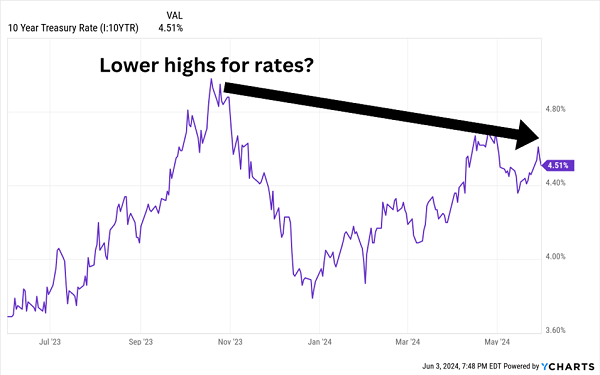While vanilla income investors limit their search to mere “common” dividends, we contrarians know where the real payout party is at—with preferred divvies.
Let’s talk about three preferred-stock vehicles that pay from 6.9% to 9.4%. All three of these funds dish monthly dividends.
And these payouts receive preferential treatment over common-stock dividends, making them safer than the common payouts offered by regular ol’ equities.
There are four main ways to buy preferreds, and three of them have some serious headaches and drawbacks:
- Individual preferred stocks: Research resources for individual preferred shares are few, far between and often require expensive paid subscriptions.


Recent Comments